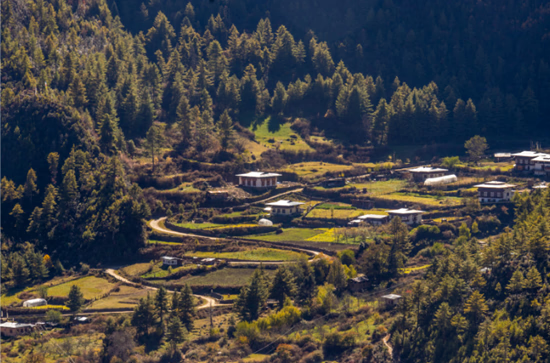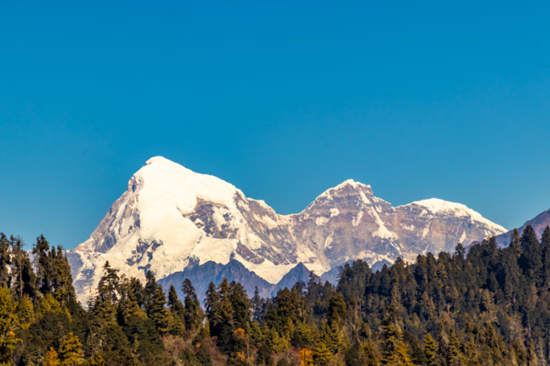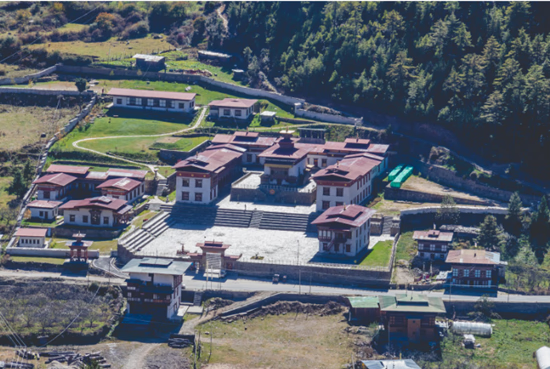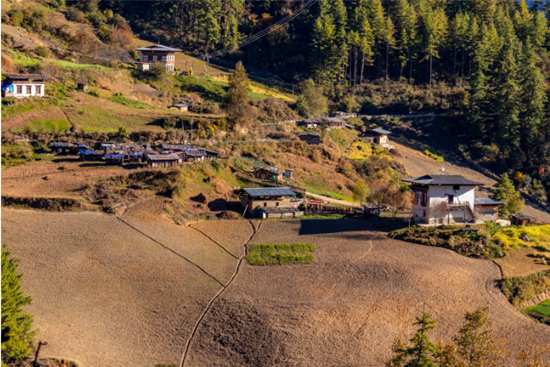Haa Valley: Bhutan's Hidden Gem
Nestled in the southwestern part of Bhutan, Haa Valley is a serene and picturesque destination that offers a unique blend of natural beauty and cultural richness. Opened to foreign tourists only in 2002, it remains one of the country's least visited regions, preserving its pristine charm and traditional lifestyle.
Haa is one of the smallest districts in Bhutan, both in terms of geographical size and population. Located in the southwestern part of the country, it spans an area of approximately 1,706 square kilometres, making it one of the more compact districts. Despite its modest size, Haa is known for its stunning natural beauty, rich cultural heritage, and significant historical landmarks.
The district has a relatively small population, estimated at around 12,000 residents, which contributes to its tranquil and less crowded atmosphere. Most of the population resides in small, traditional villages scattered across the valley, and their livelihoods are primarily centred around agriculture and animal husbandry. The sparse population density allows Haa to retain its pristine environment and traditional way of life, making it a unique destination for visitors looking to experience Bhutan in its most authentic form.

Geography and Accessibility
Haa Valley is situated at an elevation of approximately 2,700 meters (8,858 feet) above sea level. The valley is accessible via the Chele La Pass, one of Bhutan's highest motorable roads at 3,988 meters (13,083 feet). This route offers breathtaking views of Mount Jomolhari and Jichu Drake, making the journey to Haa as captivating as the destination itself.

Cultural Highlights
The valley is home to several significant cultural sites:
-
Lhakhang Karpo (White Temple) and Lhakhang Nagpo (Black Temple): Dating back to the 7th century, these twin temples are nestled at the base of the revered Meri Puensum mountains. They are central to the spiritual life of the local community and are must-visit landmarks for those interested in Bhutanese heritage.

-
Haa Wangchuklo Dzong: Constructed in 1915, this fortress served as the administrative center of the valley. Although it has undergone several reconstructions, it stands as a testament to Bhutanese architectural prowess.
Festivals and Traditions
Haa Valley hosts several vibrant festivals that offer insights into its rich cultural tapestry:
Haa Tsechu: Celebrated annually at Lhakhang Karpo, this three-day festival features traditional masked dances, music, and rituals, reflecting the deep-rooted Buddhist traditions of the region.
Haa Spring Festival: Held in April, this festival showcases the nomadic lifestyles, unique Bhutanese cuisine, traditional sports, and religious performances, providing an immersive experience into the local culture.
Outdoor Activities
For nature enthusiasts, Haa Valley offers a plethora of activities:
Hiking and Trekking: The valley's diverse terrain includes trails like the Haa Planters' Trail, which traverses through lush forests and traditional villages, offering trekkers an intimate glimpse into rural Bhutanese life.
Check out 7D6N Cultural Tour with Haa
Bird Watching: The region's rich biodiversity makes it a haven for bird watchers, with species such as the Satyr Tragopan and Himalayan Monal inhabiting the area.
Accommodations in Haa
While Haa Valley is less developed in terms of tourist infrastructure compared to other regions, visitors can experience authentic Bhutanese hospitality through homestays. Staying with local families allows guests to immerse themselves in traditional lifestyles, savour home-cooked meals, and participate in daily activities, fostering a deeper connection with the community.

Conclusion
Haa Valley's untouched landscapes, coupled with its rich cultural heritage, make it a destination worth exploring for those seeking an authentic Bhutanese experience. Its seclusion from mainstream tourist trails ensures that visitors can enjoy the tranquillity and beauty of Bhutan in its most genuine form.
Haa is recognised by BBC Travel as one of the top 25 places to visit in 2025.
